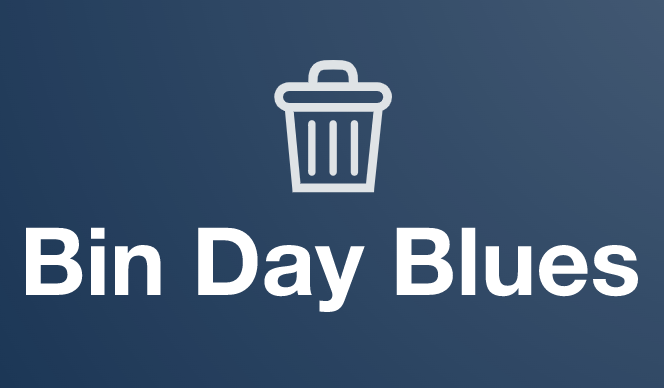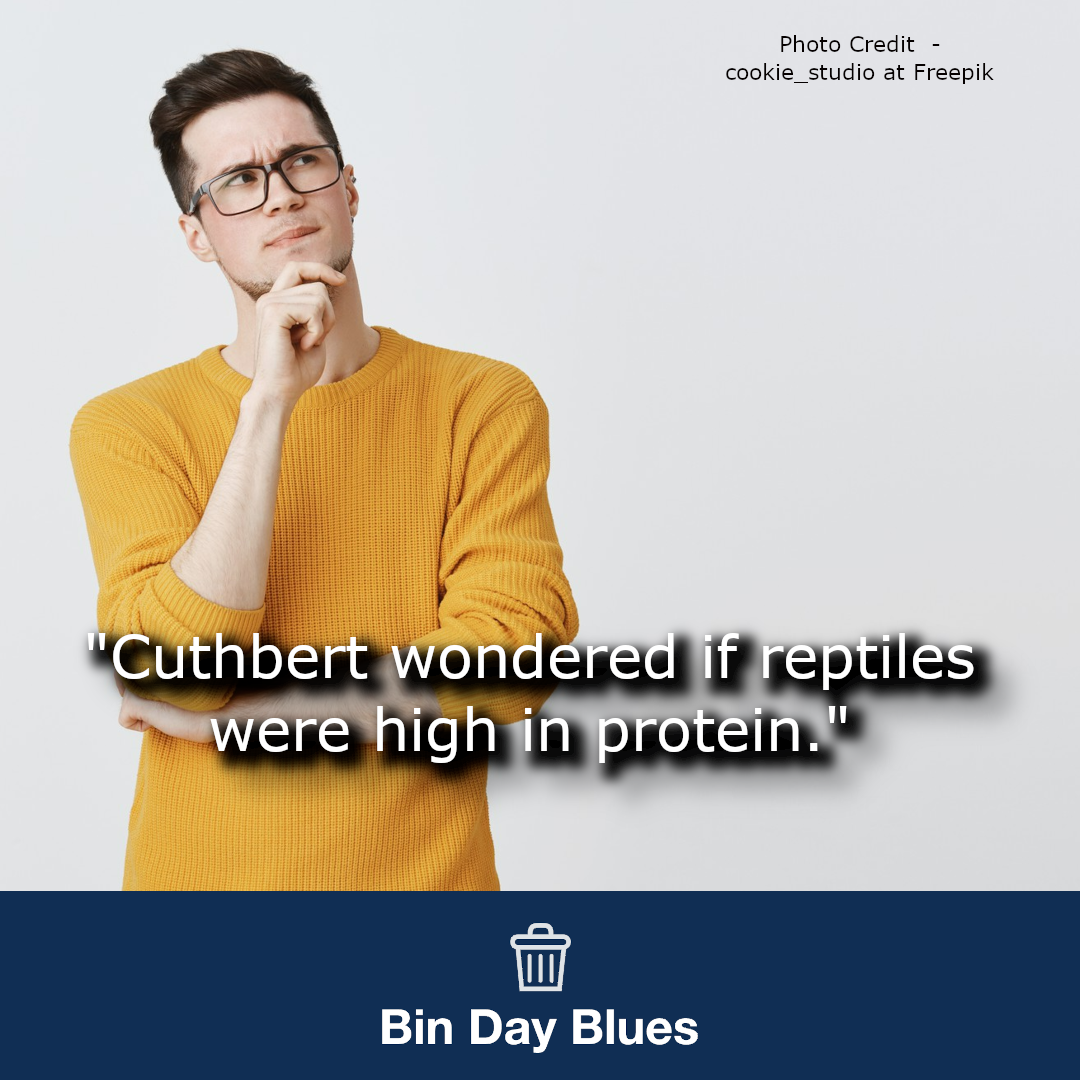Eating the frog
How to Master the 'Eat the Frog' Strategy for Productivity
"Eating the frog" is a productivity strategy popularised by Brian Tracy, emphasising tackling the most challenging or unpleasant task first thing in the morning. The term derives from Mark Twain's quote, "Eat a live frog first thing in the morning, and nothing worse will happen to you the rest of the day." This approach prioritises efficiency and effectiveness by addressing daunting tasks head-on, rather than procrastinating or allowing them to loom over one's day.
Why Tackling Tough Tasks First Matters
The concept behind "eating the frog" is deeply rooted in principles of task prioritisation and effective time management. This approach emphasises addressing the most challenging or high-stakes task early in the day, allowing individuals to tackle what is often the most mentally demanding and impactful item on their to-do list. By confronting this task head-on, people can reduce procrastination, which frequently arises from the avoidance of difficult or unpleasant tasks. Addressing it early minimises the mental burden of putting off such work, helping to reduce stress and free up mental energy for the day’s remaining responsibilities.
Starting with a difficult task also fosters a sense of achievement, which can greatly boost confidence and motivation. This initial success provides positive reinforcement, making subsequent tasks feel more manageable and attainable. Additionally, by completing this task, individuals set a proactive and productive tone for the day ahead. The satisfaction of having made meaningful progress right at the beginning can lead to sustained momentum and a feeling of accomplishment, helping them stay on track and effectively manage time throughout the day. Ultimately, "eating the frog" serves as a strategy for building self-discipline, overcoming hesitation, and enhancing productivity, contributing to a greater sense of control and achievement.
Steps to Effectively ‘Eat the Frog’ Daily
Implementing the "eating the frog" strategy, a popular productivity technique that encourages tackling the most challenging or important task first involves several detailed and intentional steps:
1. Identify the Frog
Define Your Most Important Task: Start by reviewing your to-do list and prioritising the tasks based on urgency, impact, and level of difficulty. The "frog" is the task that often brings the most value or forward momentum but is also likely to be the one you might avoid. This task is typically challenging, complex, or requires deep focus and commitment, making it easy to procrastinate. By identifying this key task, you’re acknowledging that completing it will have a positive and significant impact on your day or longer-term goals.
Consider Emotional Resistance: Identify why you might avoid this task. Whether it’s because of its complexity, an underlying fear of failure, or sheer dislike, recognising this resistance can help you approach it with a clearer understanding and better motivation to overcome it.
2. Set Clear Goals
Break Down the Task into Smaller Steps: Once you’ve identified your "frog," the next step is to break it down into smaller, manageable steps. A massive task can feel overwhelming, but breaking it down clarifies what needs to be done and provides a clearer roadmap to completion.
Establish Milestones and Deadlines: Set specific objectives for each step, outlining what success looks like and by when. Establishing realistic deadlines for each phase allows you to stay on track and feel a sense of accomplishment with each completed sub-task. If the task involves multiple stages or decision points, lay out the timeline for completing each part, which can make the work feel less daunting.
Visualise Success: Take a moment to visualise the end result and its benefits. This visualisation can act as a mental motivator, helping you see beyond the initial resistance and realise the positive outcomes of completing the task.
3. Eliminate Distractions
Create a Focused Environment: Setting up a distraction-free workspace can significantly improve focus. Whether working from home or an office, arrange your workspace to limit interruptions. Consider noise-cancelling headphones, a tidy desk, and any tools or documents needed to keep everything within easy reach.
Limit Digital Distractions: Turn off notifications, block distracting websites, and close unrelated tabs on your computer. Consider using productivity apps that restrict access to social media or limit screen time, helping you stay focused on the task.
Plan for Uninterrupted Time Blocks: Schedule specific time blocks during your day where you dedicate yourself solely to the "frog" task. Use a timer to stay committed for short bursts of intense focus, such as 25- or 50-minute intervals, with short breaks in between. This technique often called the Pomodoro Technique, can help maintain concentration and reduce mental fatigue.
4. Take Action
Start Small but Start Immediately: Begin working on the task as soon as you have clarity on what needs to be done. Even if the first step is minor—such as setting up your workspace or reviewing the project requirements—taking action builds momentum.
Tackle the Most Challenging Part First: Begin with the most difficult or least appealing part of the task, as this will give you a sense of accomplishment and energy to move through the rest of the project. If you start with something manageable, you’re likely to build confidence and feel more motivated to keep progressing.
Adopt a Growth Mindset: Recognise that beginning the task is a step toward growth, skill development, and achieving something meaningful. Viewing the process as an opportunity to grow can help maintain motivation, even if the task feels challenging.
5. Stay Committed
Practice Discipline and Perseverance: Discipline is essential to staying focused on the task. When tempted to switch tasks or take a break, remind yourself why you identified this task as the priority. Persevere by focusing on the end goal and reminding yourself of the positive impact completing this task will have.
Manage Setbacks and Push Through Resistance: If you encounter obstacles, address them as part of the process rather than reasons to abandon the task. Break down any new challenges that arise, and don’t be discouraged by temporary setbacks.
Celebrate Progress and Completion: After you complete the task, recognise and celebrate your accomplishment, whether it’s a simple acknowledgement or a small reward. Celebrating progress reinforces the habit of "eating the frog" and encourages you to tackle the next challenging task with greater ease and confidence.
By implementing these steps thoughtfully, the "eating the frog" strategy can become an effective tool for boosting productivity, reducing procrastination, and achieving significant progress on your most impactful tasks.

